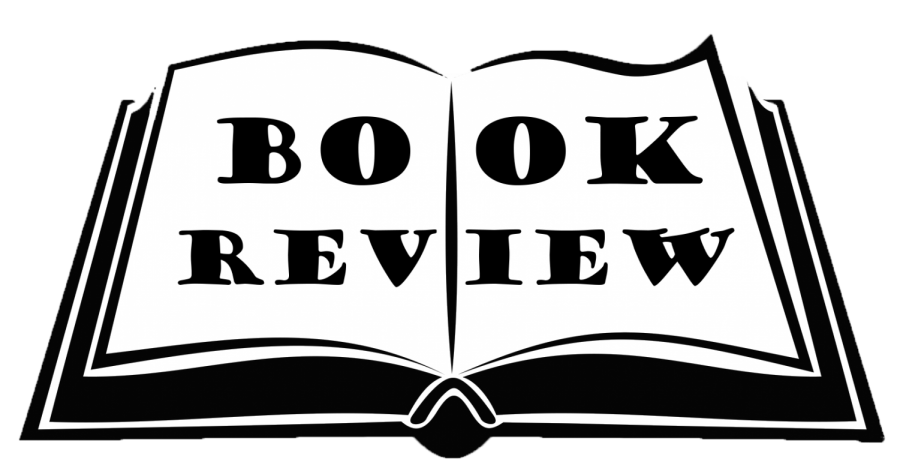Critics’ Corner – Book Review – “The Raft” by novelist S.A. Boden
October 22, 2018
Teenager Robie lives a typical life on the Midway Atoll in the Pacific Ocean with her family. On her flight back home from a visit to her aunt in Hawaii, things take a sudden turn in the wrong direction — literally. In the blink of an eye, Robie finds herself floating in the water, and is miraculously saved by the only other survivor, the airplane’s co-pilot, Max. A yellow raft with minimal survival tools is the closest object of civilization that is available to them. Robie’s future depends on being rescued or it is quite probable that she will die of thirst and hunger in the middle of the Pacific Ocean. It is just her and the ocean; will she be able to survive? The Raft, by novelist S.A. Boden, is a raw adventure novel that touches on the art of survival and decision-making in times of crisis.
Boden organizes the plot of The Raft in short, concise chapters, where each section details an adventure that leaves the reader wanting to know more of the main character’s turmoil. This makes the process of reading a book pleasurable, since there are frequent checkpoints along the way to maintain the reader’s attention, instead of chapters that seem to go on and on. To compliment this structure, Boden chose a favorable perspective around which to design The Raft. The story is told in the first person point-of-view of a teenage girl. Naturally, this narrative is more intimate than any third person narrative could be. Actually reading and trying to understand the spiral of Robie’s thoughts during this time of crisis adds a sense of depth and seriousness to the novel. The teenage mind is nuanced and complex, something that is only understood first-hand. From the perspective of a teenage reader, Robie is relatable despite the extreme circumstances she faces. This point of view s a particularly strong choice, given that Boden’s audience predominately attracts young adults.
Boden has a way of writing that feels authentic. Adventure books are a unique genre, as they must be written vividly in order to let readers fully absorb the struggle to survive. Since situations like those Robie goes through are not common, the descriptive language that Boden uses makes the reader feel as if they too are going through the hardships of waiting until the next rainfall to quench several days-long thirst or that they are also trying to avoid the razor-sharp grip of a sharks’ jaws. Moreover, it is imperative to make use of every second when one is attempting to survive in the open. There is also a serious mental and physical toll taken. Boden translates that deep emotion into words, making every sentence and chapter matter. She tells the story in an incredibly tangible way.
While the typical person is unlikely to ever get stuck in the middle of the ocean, there are serious life lessons to take away from Boden’s novel. Perhaps the greatest take-away is this: one never knows what one can accomplish until he or she is put to the test. Given the choice between giving up or stretching one’s intelligence, with and skill to almost the breaking point, never give up. You probably won’t read another nook this year with such an inspirational lesson.
The Raft exposed some of the most fundamental themes in life: the power of persistence, fate, and human connection. Boden highlights the ever important idea that human capability truly has no bounds.




